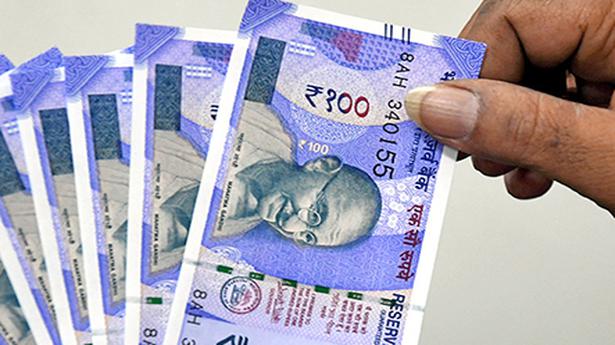LIC is the sole public and overall the largest life insurance entity in the country. Deemed to be the country’s biggest IPO, it would have to deal with investor’s anxiety following the series of unsuccessful IPOs in the recent past.
LIC is the sole public and overall the largest life insurance entity in the country. Deemed to be the country’s biggest IPO, it would have to deal with investor’s anxiety following the series of unsuccessful IPOs in the recent past.
The story so far: The much-awaited initial public offering (IPO) of the Life Insurance Corporation of India (LIC) opens on May 4, with a price band set between Rs 902 and Rs 949 per share. Secretary of the Dept of Investment and Public Asset Management (DIPAM) Tuhin Kanta Pandey whilst making the announcement said that despite the curtailment of the size of the IPO, it would enable the government raise about Rs 21,000 crore. The government initially planned to dilute a 5% stake in LIC, which now stands trimmed at 3.5%. He said the decision was in light of the existing conditions in the overall market.
Further, he stated the decision to list LIC was taken considering factors like market demand, reduced market volatility, domestic fund flows, and LIC’s performance.
The corporation is the sole public entity and overall, the largest entity in the country’s life insurance sector. Further, it claims having an agent network of 1.35 million — wider than all private life insurance players put together — as on March 31 the previous year.
What is in it for investors?
In 2021, several companies entered the bourses seeing the markets being positive and reaching record highs. These included the likes of fintech company PayTM and cosmetic products retailer Nykaa. While the latter had an impressive debut – opening at about 78% premium above its issue price at Rs 2,001 — the former listed at a 9% discount at Rs 1,955. Additionally, media reports had suggested that digital payments platform MobiKwik also opted to delay its IPO owing to the gloom in the IPO market.
This recent experience could, therefore, keep investors cautious on the LIC IPO. Alternatively, this could also be a chance for LIC to reverse the anxiety.
Founder of Chartwizard FZE and Gemstone Equity Research, Milan Vaishnav, believes that apart from the quantum of mind space the issue is occupying among investors, the IPO has the potential to unlock much value for Indian investors. According to him, it is unlikely that the issue would face any headwinds when it comes to subscriptions. “In the rising interest rates regime when many large investors move out of the markets towards safe haven, this may remain a theoretical issue for the LIC. However, in all practical terms, it may not receive blockbuster response but it is also highly unlikely that LIC will face any problem,” he stated.
Ratings agency ICRA believes that though sectoral valuations have softened recently, “the recent changes in its distribution methodology of investment surpluses towards policyholders and shareholders and how the proposed changes in business mix will drive its valuations upon listing remains the key uncertainty.” Prior to initiating the IPO, LIC had segregated the previously single ‘Life Fund’ into participatory and non-participatory funds, further stipulating terms on how the surplus is to be shared between policyholders and shareholders. Participatory policies offer bonus pay-outs to shareholders, which is not the case with non-participatory policies.
The ratings agency believes the segregation of the ‘Life Fund’ would help improve profitability. Going forward, it would have the option to focus on products which have higher VNB such as individual and group protection products as well as non-participatory products, alongside activating their partnerships with the PSU banks. VNB or Value of New Business reflects the additional value created to shareholders by writing new premiums in a given period.
The public good against profitability and competition
Listing of any public sector entity puts forth fears about it changing its orientation to solely serve the investor’s demand for profitability. LIC’s activities for the public good is particularly elaborated by the sizeable number of claims it processed during the COVID-19 pandemic. The cliams increased 37% on a year-over-year basis to approx. Rs 23,927 crore in the 2021 fiscal year. According to Mr. Vaishnav, LIC has the largest premium collection at more than Rs 4,032 billion (about Rs 4.03 lakh crore), with nearest competitor SBI Life having a much lower collection of Rs 502 billion (about Rs 50,200 crore). In 2020, following Insurance Regulatory and Development Authority of India (IRDAI)’s guidelines, LIC had granted a grace period until May 31 for all premiums due in March – particularly affecting cash flows.
ICRA says that public sector entities have continued to balance their objectives for social good while rewarding the shareholders. It added that being under increased scrutiny from minority shareholders helps improve the transparency of decision making of an institution. “Improved regulatory disclosure requirements upon listing will aid bring these benefits,” it states.






